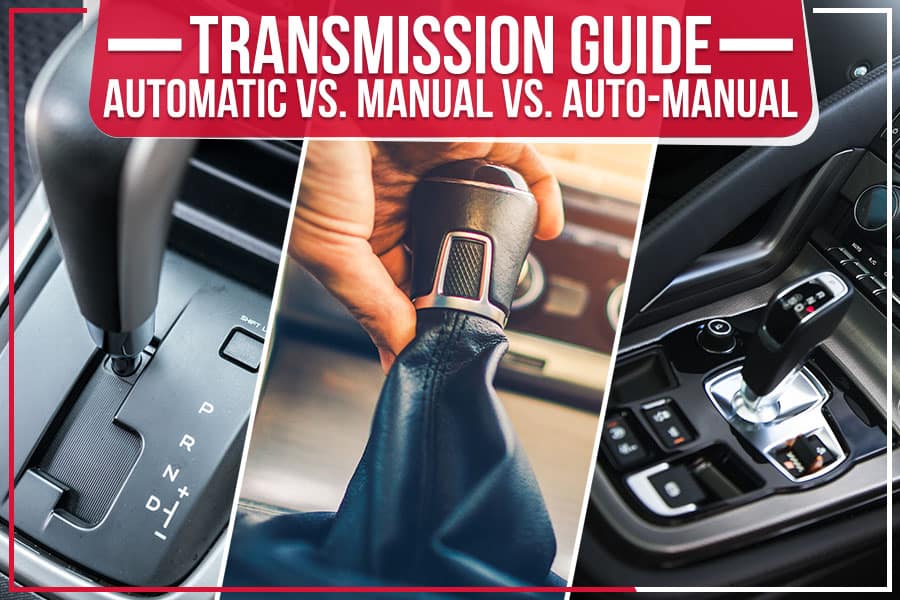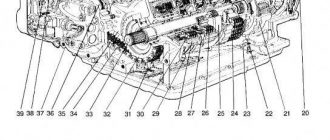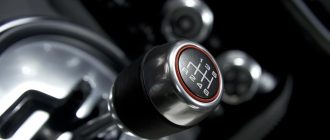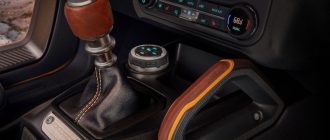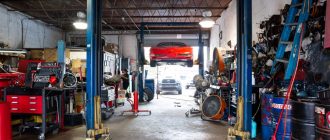- Manual Transmission in Cars: A Comprehensive Guide
- Introduction
- Components of a Manual Transmission
- How a Manual Transmission Works
- Advantages of Manual Transmissions
- Disadvantages of Manual Transmissions
- Types of Manual Transmissions
- Choosing a Manual Transmission Car
- Tips for Driving a Manual Transmission
- Conclusion
Manual Transmission in Cars: A Comprehensive Guide
Introduction
A manual transmission, often known as a stick shift or standard transmission, is a type of gearbox that allows drivers to manually shift gears by moving a gear lever and operating a clutch pedal. Unlike an automatic transmission, which automatically selects the appropriate gear based on engine speed and load, a manual transmission requires active driver input to change gears.
Components of a Manual Transmission
A manual transmission consists of several key components:
– Input Shaft: The input shaft connects the transmission to the engine’s crankshaft and receives power from the engine.
– Output Shaft: The output shaft connects the transmission to the driveshaft, which in turn transmits power to the wheels.
– Gears: Manual transmissions typically have a set of forward gears and one reverse gear. The gears are arranged in a sequential pattern, with each gear providing a different gear ratio.
– Clutch: The clutch is a mechanical device that allows the driver to disengage the engine from the transmission. This enables the driver to change gears smoothly without damaging the transmission.
How a Manual Transmission Works
1. Depress Clutch Pedal: When the driver depresses the clutch pedal, it separates the engine from the transmission, allowing the gears to be shifted.
2. Move Gear Lever: The driver then moves the gear lever to select the desired gear.
3. Gradually Release Clutch: With the desired gear selected, the driver slowly releases the clutch pedal. This gradually re-engages the engine with the transmission, transmitting power to the wheels.
4. Rev-Matching: For smooth gear changes, the driver may need to “rev-match,” which involves adjusting the engine speed to match the speed of the gear being engaged.
Advantages of Manual Transmissions
Greater Control and Engagement: Manual transmissions provide drivers with a greater level of control over their vehicles, allowing them to choose the gear that best suits the driving conditions. This enables more efficient and engaging driving experiences.
Improved Fuel Efficiency: Manual transmissions typically offer better fuel economy than automatic transmissions because they reduce drivetrain losses and allow for more precise gear selection.
Lower Maintenance Costs: Manual transmissions generally require less maintenance and repairs than automatic transmissions, resulting in lower operating costs over time.
Disadvantages of Manual Transmissions
Learning Curve: Driving a manual transmission requires practice and coordination to master the clutch and gear-shifting process.
Can Be More Fatiguing: Operating a manual transmission can be more physically demanding than an automatic transmission, especially during extended periods of stop-and-go traffic.
Types of Manual Transmissions
Straight-Cut Gears: Straight-cut gears have teeth that are cut straight across, resulting in a louder but more efficient gear engagement.
Helical Gears: Helical gears have teeth that are cut at an angle, reducing noise and wear while providing smooth gear shifts.
Double-Clutch Transmissions: Double-clutch transmissions utilize two clutches to enable faster and smoother gear changes. They are typically found in high-performance cars.
Choosing a Manual Transmission Car
When choosing a car with a manual transmission, consider the following factors:
Your Driving Style: If you enjoy a more active and engaging driving experience, a manual transmission may be a better option.
Fuel Efficiency: Manual transmissions generally offer better fuel economy than automatic transmissions.
Traffic Conditions: If you frequently drive in heavy stop-and-go traffic, an automatic transmission may be more convenient.
Tips for Driving a Manual Transmission
Smooth Clutch Engagement: Practice releasing the clutch pedal gradually and smoothly to avoid stalling or jerking the vehicle.
Rev-Matching: For smoother gear changes, learn to adjust the engine speed to match the speed of the gear being engaged.
Use Engine Braking: When decelerating, downshift to use engine braking instead of riding the brakes excessively.
Conclusion
Manual transmissions offer drivers a unique and engaging driving experience. They provide greater control, improved fuel efficiency, and lower maintenance costs. However, they require practice and coordination to operate smoothly. Ultimately, the choice between a manual and automatic transmission depends on your personal preferences and driving needs.
